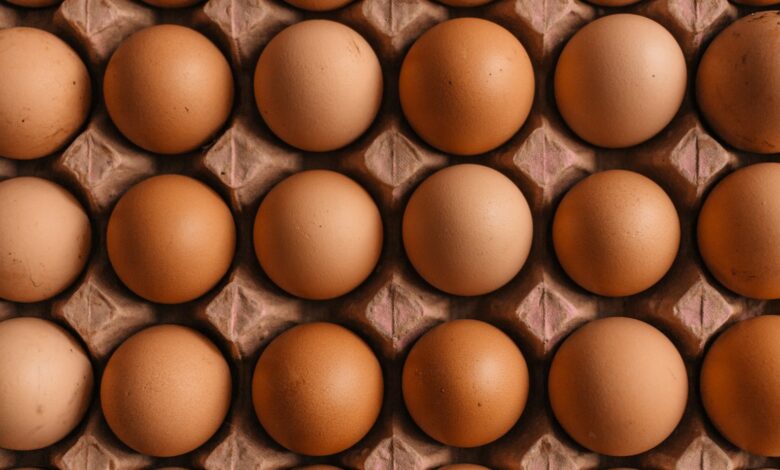
The egg. Without a doubt. In 1960, the scientist J.B.S. Haldane remarked, “The most debated question in the world is whether the egg came first or the chicken. Those who still ask this question either do not understand evolution or do not accept it.” Evolution teaches us that birds evolved from reptiles. Therefore, the first bird hatched from an egg laid by a reptile.
However, eggs, as simple as they seem, are far from ordinary. Take a chicken egg, for example. Two tiny cells merge to form a blastodisc, which is the white dot seen in the yolk when an egg is cracked. The yolk provides nutrition for the developing chick inside the egg. Surrounding the yolk is a white substance called albumen, which, with the help of two twisted cords called chalazae, keeps the yolk suspended in the center. The entire structure is enclosed in a shell made of calcium carbonate. This shell is dotted with pores, allowing the chick to breathe as it develops. The color of the shell can vary, and interestingly, the color of a hen’s earlobes can predict the color of the eggs it will lay—white earlobes produce white eggs, and brown earlobes result in brown eggs. Despite the color difference, there’s no variation in nutritional value.
A surprising fact is that the world’s most expensive food is also an egg, though not a chicken’s. It comes from the sturgeon fish, found in parts of Northern and Central Asia, Europe, and North America. These fish are often located in river estuaries during winter. Sturgeon eggs, known as caviar, have been a delicacy in Western Europe since the 16th century. Shakespeare even mentioned caviar in his famous play, Hamlet. In the Soviet Union and Eastern Europe, thicker caviar was considered a staple food. During preparation, the eggs are carefully stripped of membranes and fat, salted, and packed into jars or tins. The resulting salty flavor is delightful. The finest variety is black caviar, though other colors such as gray, light green, and red are also available. The red variety, made from salmon roe, is less flavorful.
Caviar is usually eaten with bread, toast, or on small biscuits. According to the Guinness Book of World Records, the most expensive food in the world is “Almas,” a type of beluga caviar from Iran, priced at $30,800 per kilogram (around ₹2 million in Indian currency).
What do you say—care to give it a taste?
This article is written by Kaushik Majumdar



